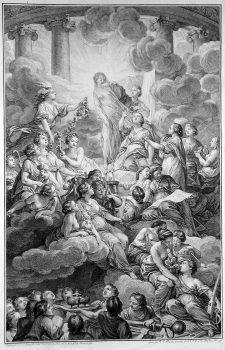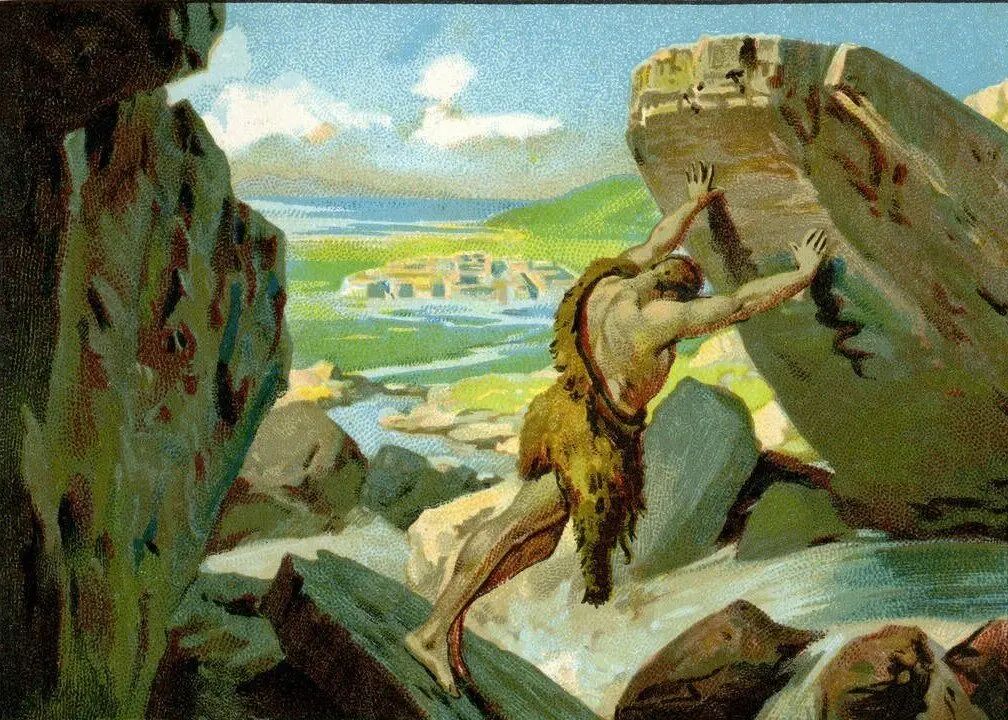In this series, Myths: Mapping Our Way Home, James Sale revisits why myths—all but discounted today—remain crucial to understanding our place in the universe, if not to our very survival.

Since the Enlightenment, knowledge has been privileged over mythic forms of understanding reality. An engraving from the 1772 edition of the “Encyclopédie.” Truth, in the top center, is surrounded by light and unveiled by the figures to the right, Philosophy and Reason. Public Domain






